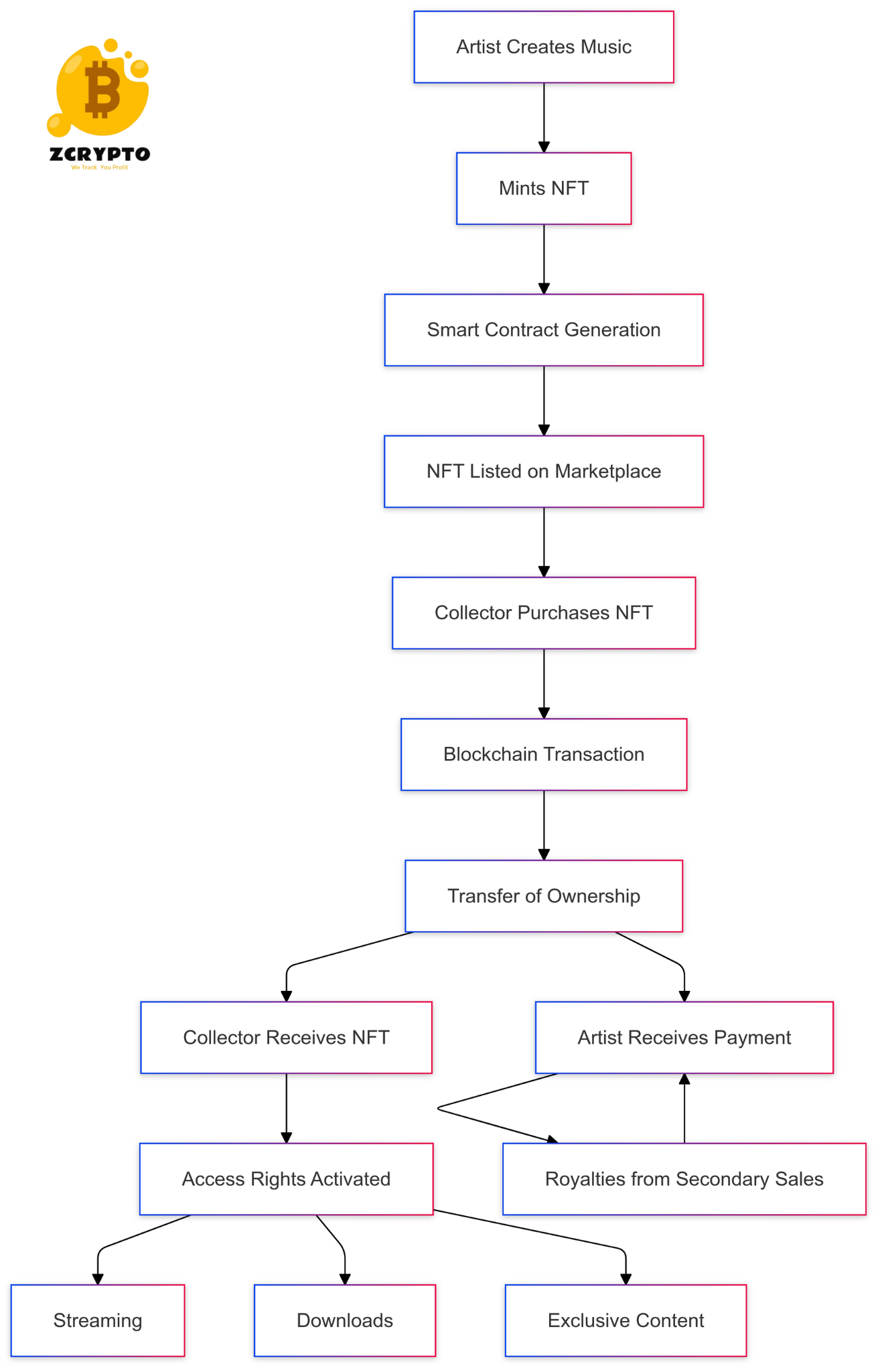Understanding the Alternative Depreciation System (ADS): How It Impacts Your Business Taxes and Financial Planning
In the complex world of business taxation, understanding the various depreciation methods is crucial for accurate financial reporting and tax compliance. One such method that often flies under the radar but holds significant importance is the Alternative Depreciation System (ADS). This article aims to demystify ADS, its differences from the more commonly used Modified Accelerated Cost Recovery System (MACRS), and how it impacts your business taxes and financial planning.
- Unlocking Corporate Financials: A Comprehensive Guide to the 10-K Report
- Understanding the Bill of Lading: A Comprehensive Guide to Shipping, Finance, and International Trade
- Unlock Capital with Asset-Based Lending: A Comprehensive Guide to Securing Business Loans
- How Android Operating System Drives Revenue and Innovation in the Finance and Business Sectors
- Unlocking Arbitration in Finance: A Comprehensive Guide to Dispute Resolution in International Business
What is the Alternative Depreciation System (ADS)?
The Alternative Depreciation System (ADS) is a method for calculating depreciation mandated by the IRS under certain circumstances. Unlike MACRS, which uses accelerated depreciation methods like the 200% or 150% declining balance method, ADS employs the straight-line method. This means that the cost of an asset is depreciated evenly over its recovery period.
ADS is typically required for specific types of assets or situations, such as property used primarily outside the U.S., tax-exempt use properties, or assets financed with tax-exempt bonds. The IRS requires ADS to ensure a more uniform and conservative approach to depreciation.
Key Differences Between ADS and MACRS
Depreciation Methods
The most glaring difference between ADS and MACRS lies in their depreciation methods. While MACRS uses accelerated methods that allow for faster depreciation in the early years of an asset’s life, ADS uses the straight-line method, where the asset’s cost is spread evenly over its recovery period. This results in consistent annual depreciation expenses under ADS.
You are viewing: Understanding the Alternative Depreciation System (ADS): How It Impacts Your Business Taxes and Financial Planning
Recovery Periods
Another significant difference is in the recovery periods for different asset classes. For example, nonresidential real property is depreciated over 40 years under ADS compared to 39 years under MACRS. Similarly, residential rental property has a 30-year recovery period under ADS versus 27.5 years under MACRS.
Impact on Financial Statements and Tax Liabilities
The longer recovery periods in ADS result in lower annual depreciation expenses compared to MACRS. This affects both financial statements and tax liabilities. With lower annual depreciation, businesses may report higher taxable income in the early years but enjoy more consistent expense recognition over time.
Eligible Property Types for ADS
Nonresidential Real Property
ADS applies to nonresidential real property, such as office buildings and industrial facilities, with a 40-year recovery period. This longer period reflects the extended useful life of these assets.
Residential Rental Property
See more : How Bloomberg Dominates the World of Finance, Business, and Investment
For residential rental property, ADS mandates a 30-year recovery period, unlike the 27.5 years under MACRS. This distinction is crucial for real estate investors and property managers.
Other Eligible Properties
Other properties that may require or benefit from ADS include farming equipment, tax-exempt use properties, and property used primarily outside the U.S. These assets often have unique depreciation requirements due to their special uses or financing structures.
Calculating Depreciation Under ADS
Determining Asset Basis
To calculate depreciation under ADS, you first need to determine the asset’s basis. This includes the cost of acquiring the asset plus any necessary preparation expenses.
Identifying Recovery Periods
Next, identify the appropriate recovery period for the asset as specified by the IRS under ADS. For instance, nonresidential real property has a 40-year recovery period.
Annual Depreciation Calculation
Using the straight-line method, you can calculate the annual depreciation expense by dividing the asset’s basis by its recovery period. For example, if a nonresidential real property costs $1 million and has a 40-year recovery period, the annual depreciation would be $25,000 ($1 million / 40 years).
Circumstances Requiring or Benefiting from ADS
Alternative Minimum Tax (AMT) Purposes
See more : Unlocking Agribusiness: A Comprehensive Guide to Investment, Profitability, and Market Trends
ADS is required for Alternative Minimum Tax (AMT) adjustments and earnings and profits purposes. This ensures that businesses do not exploit accelerated depreciation methods to avoid AMT liabilities.
International Operations and Tax-Exempt Use
ADS is necessary for property used primarily outside the U.S. or financed with tax-exempt bonds. This aligns with international tax regulations and ensures compliance with tax-exempt financing rules.
Small Companies and High Growth Businesses
Small companies or those with high growth can benefit from ADS by allowing lower depreciation in early years, resulting in higher profitability. This can be particularly advantageous during periods of rapid expansion.
Impact on Business Taxes and Financial Planning
Tax Implications
The slower depreciation rate under ADS affects taxable income and tax liabilities. Businesses may face higher taxable income in early years due to lower depreciation expenses but enjoy more stable tax liabilities over time.
Financial Forecasting and Reporting
The consistent annual depreciation expense under ADS simplifies financial forecasting and reporting. This predictability helps businesses in budgeting and making long-term financial plans.
Long-Term Asset Management
ADS aligns with long-term financial strategies by smoothing out expense recognition over an extended period. This approach helps in managing assets more effectively and planning for future expenses.
Source: https://summacumlaude.site
Category: Blog







